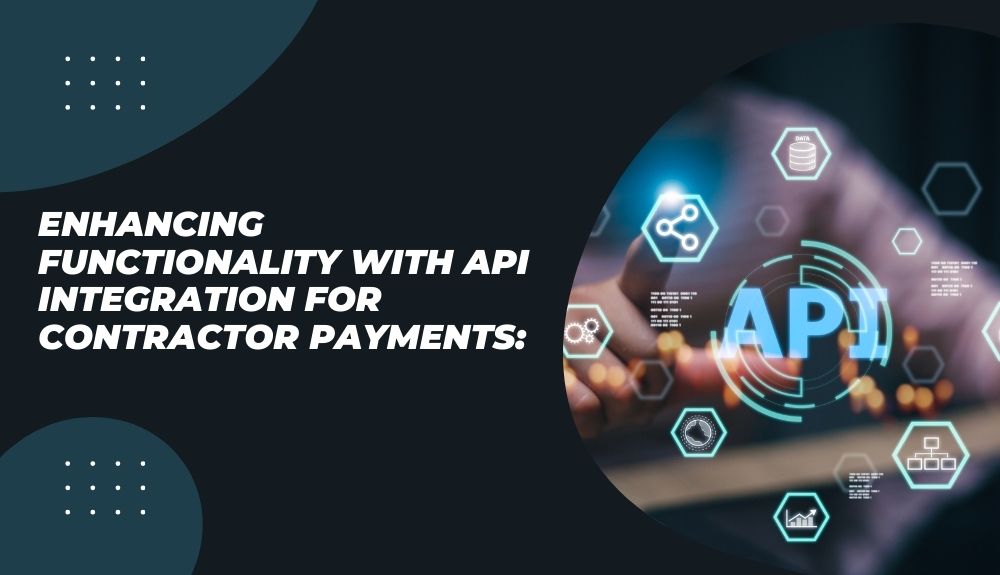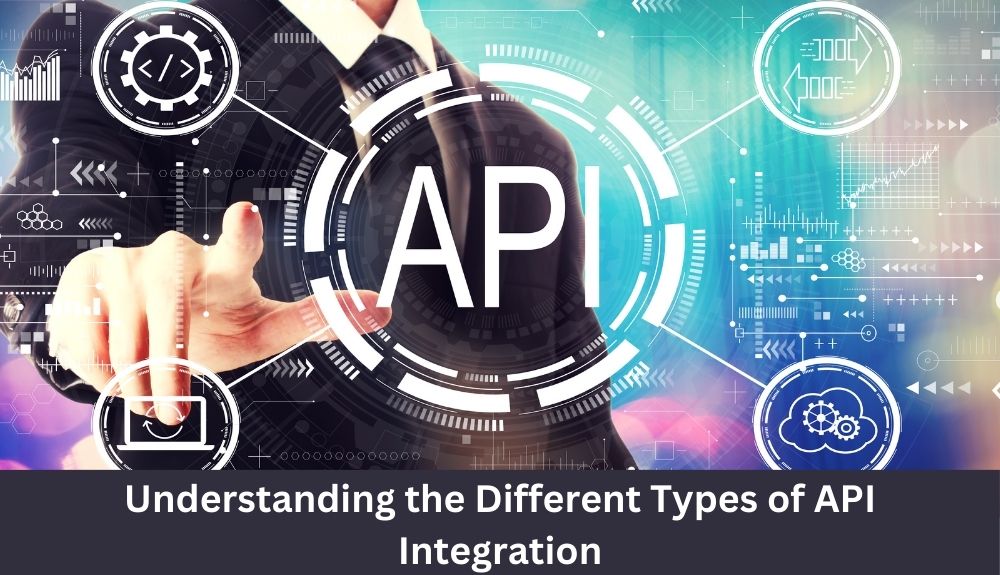
By alphacardprocess March 27, 2024
Are you tired of manual processes slowing down your contractor payment workflows? Say hello to API integration – the game-changer that can revolutionize how you handle payments seamlessly. In this blog post, we’ll delve into the world of API integration for contractor payments, exploring its benefits, customization options, implementation steps, challenges, and future trends. Get ready to supercharge your business operations like never before!
Overview of the Benefits of Using API Integration for Contractor Payments
API integration for contractor payments offers a multitude of benefits that can streamline and enhance the efficiency of your business operations. By seamlessly connecting different software systems, APIs enable real-time data exchange, automating processes such as invoicing and payment tracking.
One key advantage is increased accuracy in financial transactions, reducing errors often associated with manual input. This not only saves time but also ensures that contractors are paid promptly and accurately for their services rendered.
Moreover, API integration provides better transparency by offering detailed insights into payment statuses and transaction histories. This level of visibility helps build trust between businesses and contractors, fostering stronger relationships based on reliable communication.
Furthermore, integrating APIs simplifies the reconciliation process by centralizing all payment data in one place. This centralized system promotes better record-keeping practices while minimizing the risk of discrepancies or missing information.
In essence, leveraging API integration for contractor payments empowers businesses to operate more efficiently while enhancing overall financial management practices.
Understanding the Different Types of API Integration

API integration for contractor payments comes in various types, each offering unique functionalities to streamline business operations. The first type is the RESTful API which uses HTTP requests to access and manipulate data. This type is commonly used due to its simplicity and flexibility. On the other hand, SOAP APIs are known for their robustness and security features, making them ideal for complex integrations.
Webhooks provide real-time data by sending notifications when a specific event occurs, enabling instant updates on payment statuses. GraphQL APIs offer a more efficient way of querying data by allowing clients to request only the information they need.
Understanding these different types of API integration can help businesses choose the most suitable option based on their specific requirements and technical capabilities. By leveraging the right API integration type, companies can enhance efficiency, accuracy, and transparency in their contractor payment processes.
Customizing API Solutions for Your Business Needs
When it comes to customizing API solutions for your business needs, the key is flexibility. Each company has its own unique requirements and workflows that can benefit from tailored API integrations. By understanding your specific goals, you can work with developers to create a solution that fits seamlessly into your existing systems.
Customization allows you to optimize processes, streamline operations, and improve overall efficiency. Whether you need to automate contractor payments, track project progress in real-time, or integrate payment gateways securely – customized APIs can make it happen.
With bespoke API solutions, businesses can enhance functionality while maintaining data security and compliance standards. This level of customization empowers companies to adapt quickly to changing market demands and stay ahead of the competition.
By collaborating closely with experienced developers and utilizing cutting-edge technologies, businesses can leverage custom API solutions to unlock new opportunities for growth and success in the digital landscape.
Step-by-Step Guide to Implementing API Integration for Contractor Payments
API integration for contractor payments can streamline your business operations like never before. Implementing this technology may seem daunting at first, but with a step-by-step guide, you’ll be on your way to seamless payment processes in no time.
First, identify the API providers that align with your business requirements. Research their features and compatibility with your existing systems. Next, establish clear objectives for integrating APIs into your contractor payment system.
Consult with IT experts or developers to ensure a smooth implementation process. Work closely with them to customize the API solutions according to your specific needs and preferences.
Test the integration thoroughly before fully launching it to avoid any potential disruptions or errors in payments. Once everything is set up and running smoothly, monitor the performance of the API integration regularly to ensure optimal functionality.
By following these steps diligently, you can enhance efficiency and accuracy in processing contractor payments within your organization.
Challenges and Solutions for Integrating APIs into Contractor Payment Systems

Integrating APIs into contractor payment systems can present challenges, such as ensuring compatibility between different software platforms. Additionally, security concerns may arise when sharing sensitive payment data through APIs. To address these issues, businesses can invest in robust authentication protocols and encryption methods to safeguard transactions.
Another common challenge is managing the complexity of multiple API integrations within a payment system. Implementing a centralized API management solution can streamline this process by providing a unified interface for monitoring and controlling all integrations.
Moreover, maintaining scalability and flexibility in API integration is crucial for adapting to changing business needs. By regularly updating APIs and investing in agile development practices, companies can stay ahead of evolving payment trends and requirements.
Future Trends in API Integration for Contractor Payments
As technology continues to evolve rapidly, the future of API integration for contractor payments looks promising. One key trend that is gaining traction is the use of blockchain technology to enhance security and transparency in payment transactions. By leveraging blockchain, contractors can receive payments securely and instantly without intermediaries.
Another exciting trend on the horizon is the rise of AI-powered tools that streamline payment processes for contractors. These intelligent solutions can automate tasks such as invoice processing, reconciliation, and fraud detection, making payments more efficient and error-free.
Additionally, we are seeing a growing demand for real-time payment capabilities through APIs. Contractors increasingly expect instant access to their funds, driving the need for seamless integration with banking systems to enable immediate transfers.
Furthermore, mobile optimization is becoming essential in API integration for contractor payments. With more contractors working remotely or on-the-go, mobile-friendly APIs will be crucial in ensuring accessibility and convenience in receiving payments anytime, anywhere.
Conclusion
API integration for contractor payments offers a streamlined and efficient way to manage financial transactions with ease. By harnessing the power of APIs, businesses can enhance functionality, improve accuracy, and save time in processing payments to contractors. Customized solutions tailored to specific business needs ensure seamless operations and increased productivity. As technology continues to evolve, staying ahead of the curve by integrating APIs into contractor payment systems will be crucial for businesses looking to thrive in an increasingly digital world. Embracing API integration is not just about keeping up; it’s about setting the pace for future success in contractor payment processes.